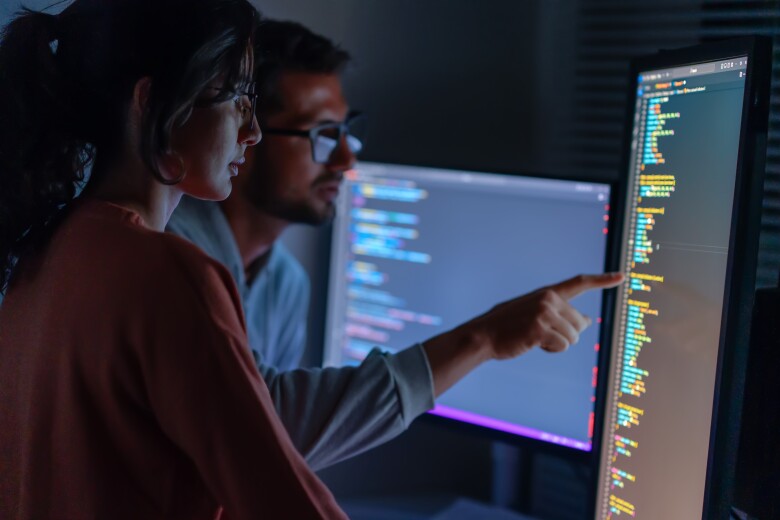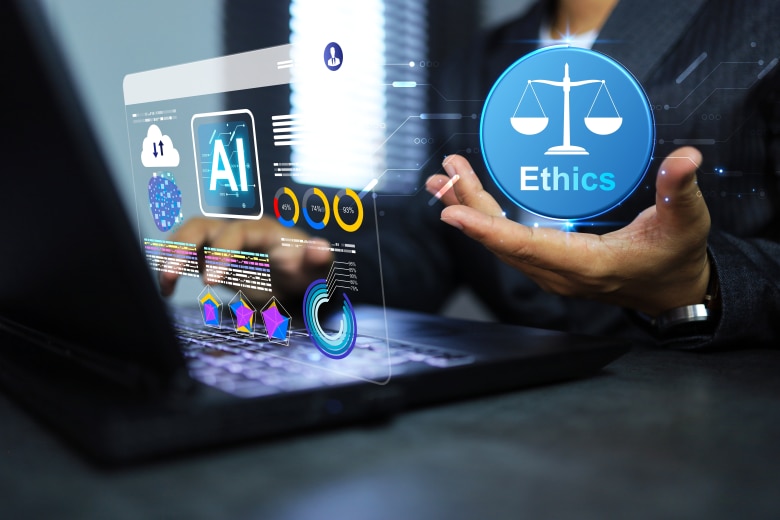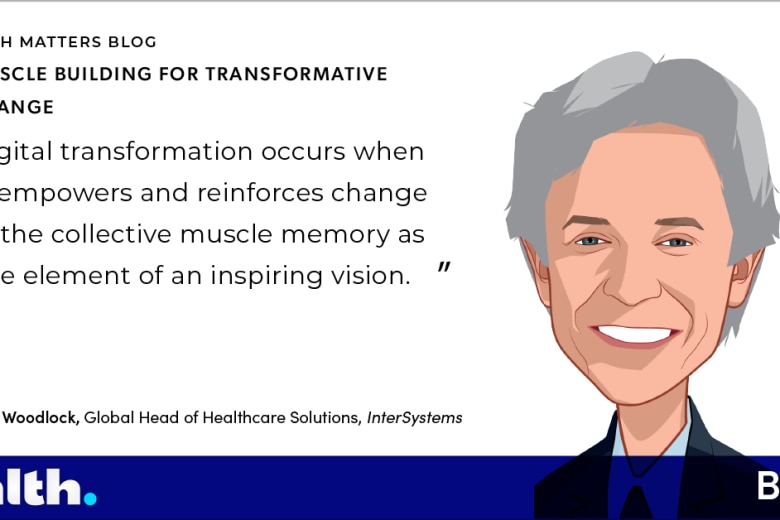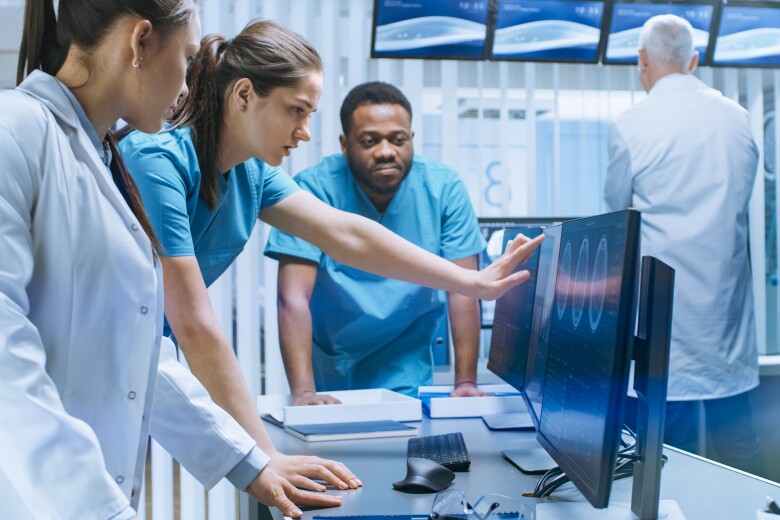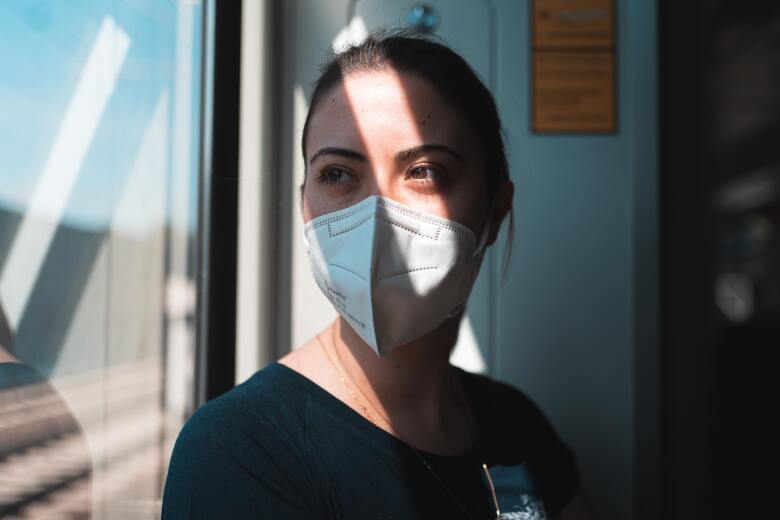The night before my departure, an email arrived indicating the brown leather shoes that I ordered have arrived. The next morning, I downloaded “Dance Number” by Daichi Miura via tethering while on the train. I then shared a spectacular view of misty San Antonio in the cloud from my Uber ride using the Wi-Fi on my digital single-lens camera. This is a life that I never would have dreamt to be possible just 10 years ago.
Finally, healthcare is keeping pace with the innovations that surround us every day. Digital treatment, such as receiving an email with the information that a prescription has been dispatched from the nearby pharmacy, or tethering and downloading CT scan data, or sharing photos of some minor arm burns from a camp in the cloud with a doctor, works in the same way. It is like drawing cards and going from not having even a pair to getting a full house; when everything is in place, things just come together.
The highest praise that a brownie can receive is “heavy and dense.” Butter kneaded into a rich cacao base that is packed with my favorite chocolate chips and baked to a velvety, moist perfection. The InterSystems Global Summit was just like such a brownie, from the welcome reception to a tour of the medical facilities and innovation center at Texas Medical Center. It was a rich, meaningful program. I felt that the quote from the first slide of the keynote delivered by InterSystems President and CEO Terry Ragon matched the determination of InterSystems, in terms of the dramatically changing IT world and the dynamics of medical care: “When the rate of change outside is more than what is inside, be sure that the end is near”.
The company launched InterSystems IRIS for Health on October 2, and our FHIR-Ready data platform is ready at long last. As a regulation “established based on the premise of continuous revision,” FHIR strongly reflects the agile development philosophy and merits in a field where only the waterfall-type development method had been used. Shortly after announcing the new data platform, Vice President of HealthShare Don Woodlock showed a demo of a talking version of the company’s suite of connected health solutions, which he called “Hey HealthShare.” The demonstration made me feel that communication with computers has finally progressed from keyboard and mouse to audio.
On the second day of the Healthcare Leadership Conference, group discussions were led by guests (which were also wonderful), and Director of Market Strategy Kathleen Aller prepared a multifaceted discussion aimed at promoting regional medical cooperation in different parts of the world, from the methods of forming communities of stakeholders to introducing innovations onsite. I thought my heart-pounding enjoyment could not be topped until I heard Professor Rosalind Picard of the MIT Media Lab announce that she is working on developing Artificial Intelligence devices to study people’s emotions. I felt that we have finally reached the point where we can share a highly intelligent and emotional area that only well-trained medical staff or counselors adept at perceiving the subtleties of the heart had been able to perceive.
On day three, we took a tour of Houston Medical Center led by Nick Bonvino, chief executive officer of Greater Houston Healthconnect (GHH). This included presentations on GHH, as well as the Texas Medical Center Innovation Institute and the Houston Methodist academic medical center. Through the tour, I felt the struggles that people went through in their collaborations, but even more so their joy from it.
Participants from Japan included Professor Masayuki Honda from Japan Association for Medical Informatics; Professor Masaharu Nakayama from Tohoku University; Takayoshi Tsuchiya, president of M Technology Association; Professor Ryoichi Tanaka from Iwate Medical University; Dr. Yuji Yamanobe from Keijyu Medical Center; and Mr. Yasunari Shiokawa of IHE. It was a great “take-away” to be able to hear in-depth discussions about issues that would have taken one to two years to resolve if we stayed in Japan.
I came home without getting jet lag, but that was not because I have a hardy constitution. I simply could not sleep because there were so many meaningful events. I would like to express my heartfelt thanks for the wonderful environment and warm Southern hospitality provided by the InterSystems staff, and to all the researchers and developers for their generosity in giving their time to take part in the discussions.
Among those of us who seek a new research and development theme every day, there is a debate that comes up time and again, which is the question of whether technological innovations make people happy. The current issue is that once AI becomes more common, it is thought that the areas where specialists have played a part will be lost. However, we should think about that a little more. The problem does not lie in the technology itself, but whether we are trying to make use of the technology for the well-being of humans.
Last but not least, I saw actual hummingbirds for the first time in the garden of the summit venue in San Antonio. Perhaps the reason I could not provide any photos was because a Boston Terrier will be waiting for me next year.
In case you missed InterSystems Global Summit, the various technical courses were recorded and are available on the InterSystems Learning Services site.
Read the latest blog posts on PULSE
Read more guest blogger blog posts
Learn more about InterSystems IRIS for Health
About the Author

Kota Torikai, Ph.D. is Deputy Director at the System Integration Center, Gunma University Hospital, where he also works as Associate Professor at the Heavy Ion Medical Research Center. He has over 10 years of expertise in design and integration of healthcare IT systems. He has received numerous innovation and scientific research awards, including one from Imperial Household, The Minister of Education, Culture, Sports, Science and Technology. He holds Ph.D. in energy quantum engineering from the Graduate School of Kyushu University.



























